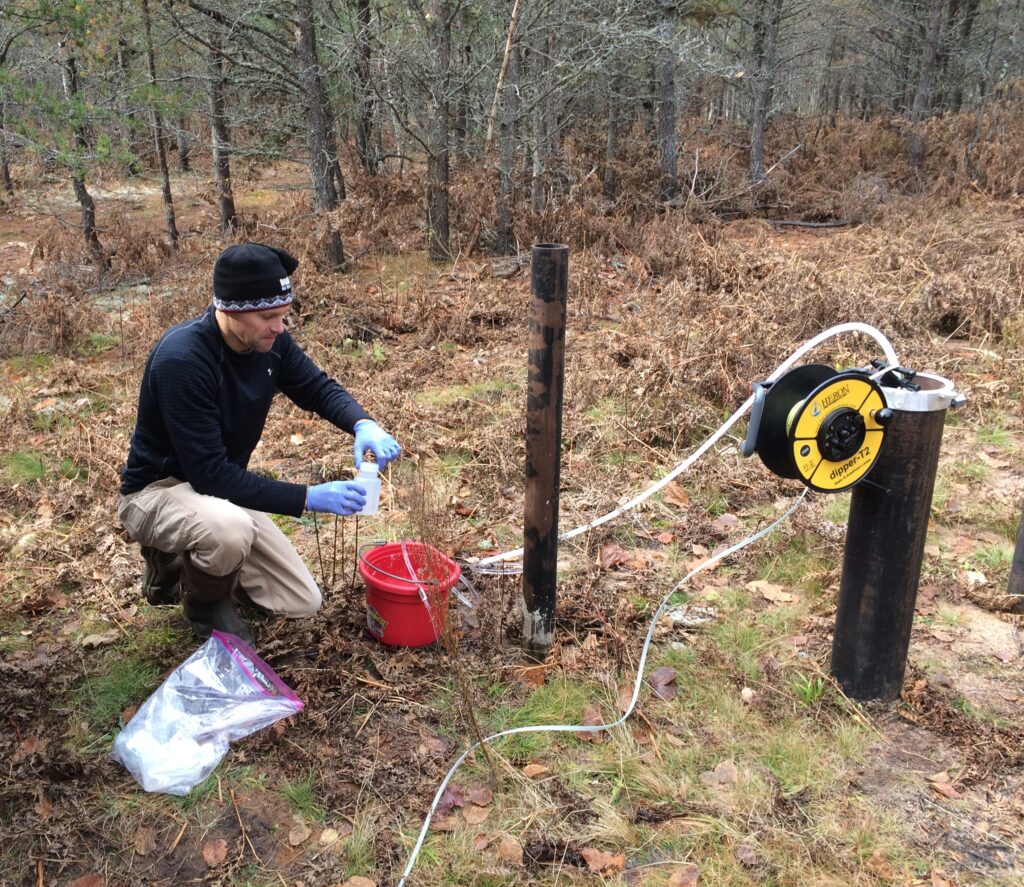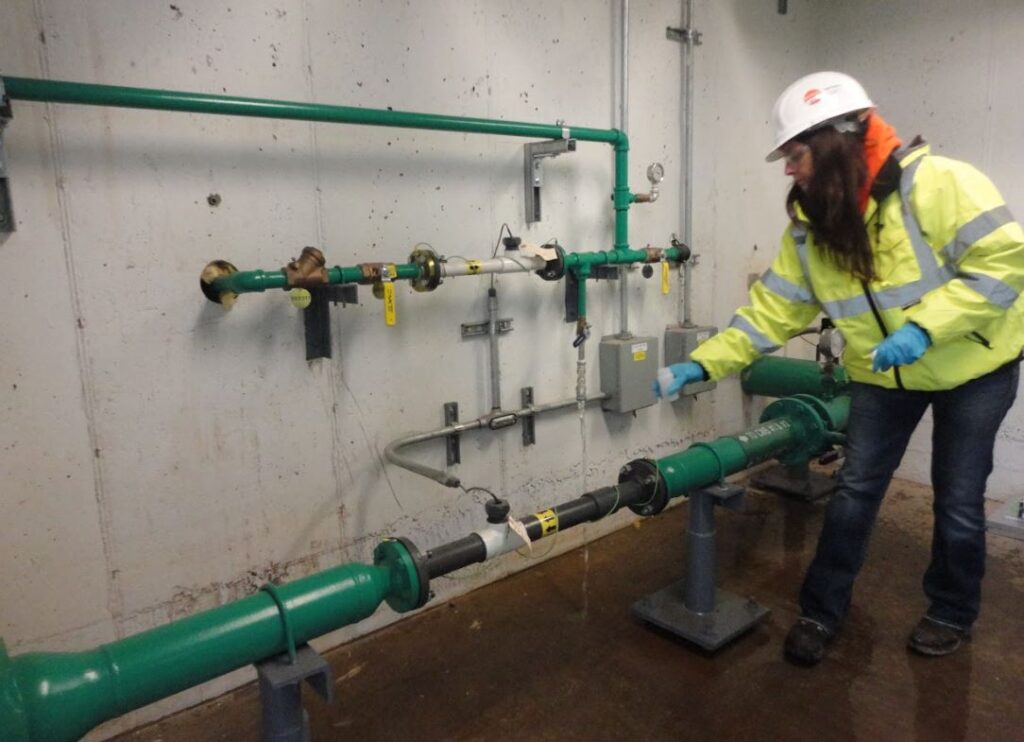Independent Mine Monitoring Program Expands with Tribal Partnership
The Keweenaw Bay Indian Community (KBIC) recently partnered with the Superior Watershed Partnership (SWP) and the Community Foundation of Marquette County (CFMC) to collaboratively conduct the Community Environmental Monitoring Program (CEMP), an independent monitoring program of Eagle Mine operations. The CEMP program began in 2012 and provides an independent and comprehensive picture of groundwater quality, surface water quality, air quality, plant life and more. To date, the program has focused primarily on Eagle operations at the mine site, the Humboldt Mill and along the designated transportation route.
The new partnership between KBIC and SWP enables CEMP monitoring to expand to include new mining exploration sites in the Sidnaw area and other sites in the western Upper Peninsula. KBIC Natural Resource Department (NRD) technical staff are working with SWP staff to prioritize and conduct all facets of CEMP monitoring and reporting. Prior to partnering on the CEMP program KBIC had requested that SWP include additional CEMP monitoring for unique sites such as groundwater seeps and traditional tribal foods such as blueberries and wild rice. KBIC and SWP have a long history of collaborating on other initiatives including environmental restoration projects and a summer conservation program for tribal youth. The Community Foundation provides an independent administrative and coordination role in addition to assisting with community outreach.
Eagle Mine is located in the Lake Superior watershed and straddles the headwater regions of the Salmon Trout River and Yellow Dog River. The Humboldt Mill is located in the Lake Michigan watershed where treated water from the Humboldt Tailings Disposal Facility (HTDF) is discharged to the Middle Branch of the Escanaba River. 2019 marks the eighth year of CEMP monitoring and the sixth year of monitoring under the “operational” phase of the mine.
CEMP utilizes EPA-approved independent laboratories to analyze monitoring samples collected from hundreds of sites in and around Eagle Mine, Humboldt Mill and the transportation route. The CEMP program consists of four main components: 1) Verification Monitoring, which includes verifying the environmental monitoring conducted by Eagle Mine as required by state permits, 2) Additional Monitoring, which includes environmental monitoring done by SWP and KBIC over and above required state permit monitoring, 3) Publication of Monitoring Results, and 4) Community Outreach. All historic and current CEMP monitoring data can be viewed on the CEMP website (swpcemp.org). The SWP will be launching a new, easier-to-use CEMP website with interactive maps in mid-May.
FOR MORE INFORMATION, PLEASE CONTACT:
Carl Lindquist, SWP Executive Director
906-228-6095 ext. 14



